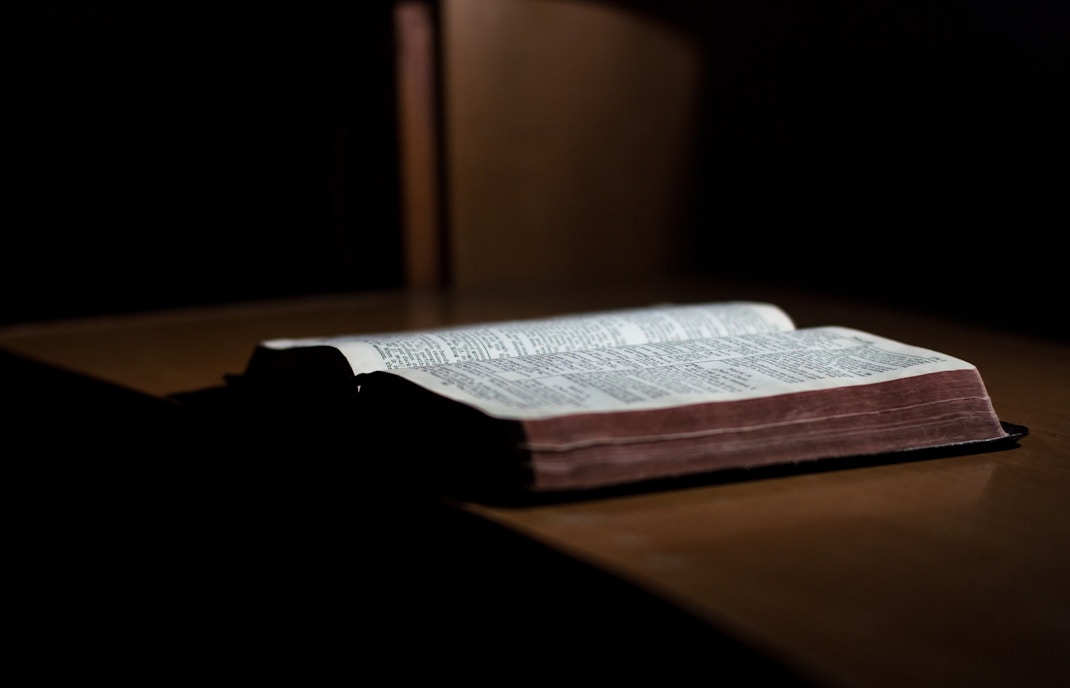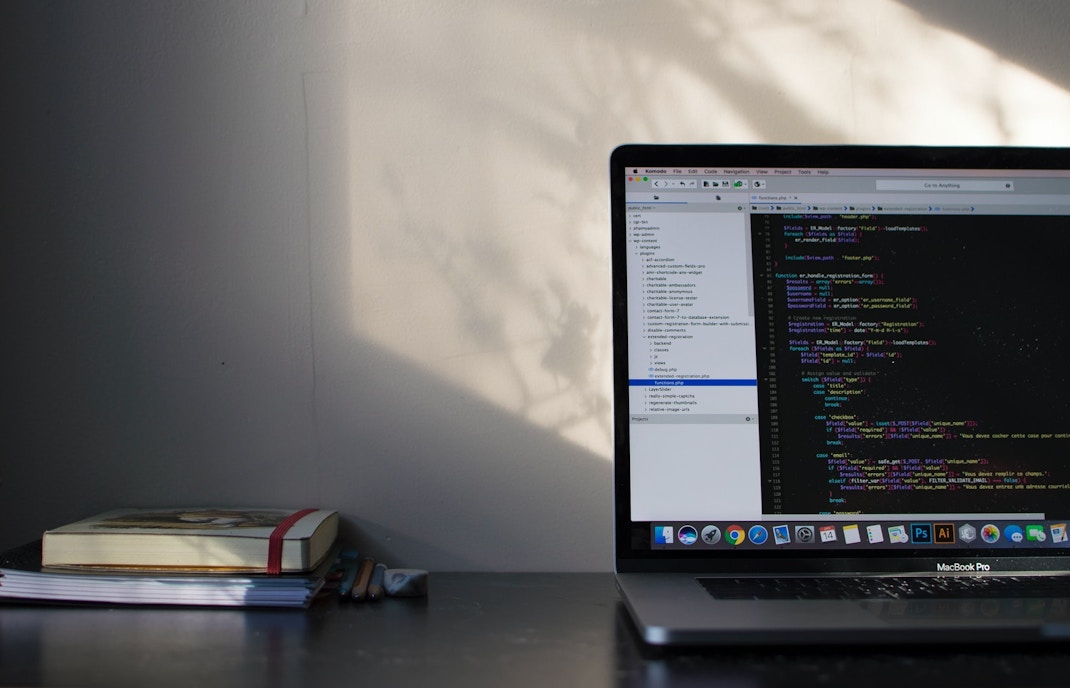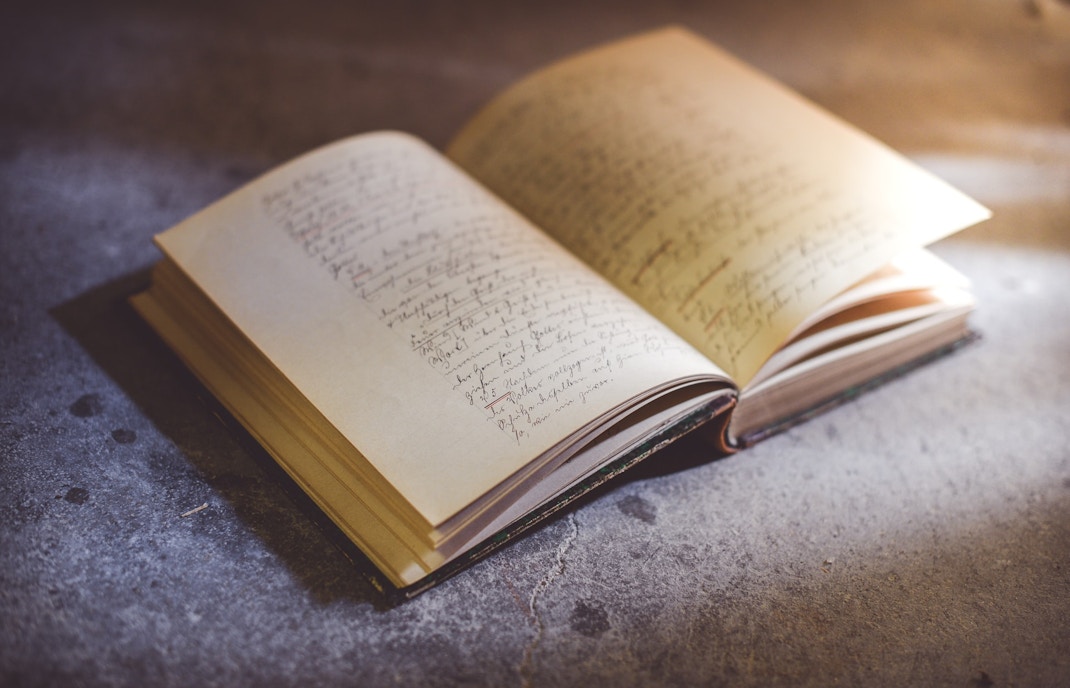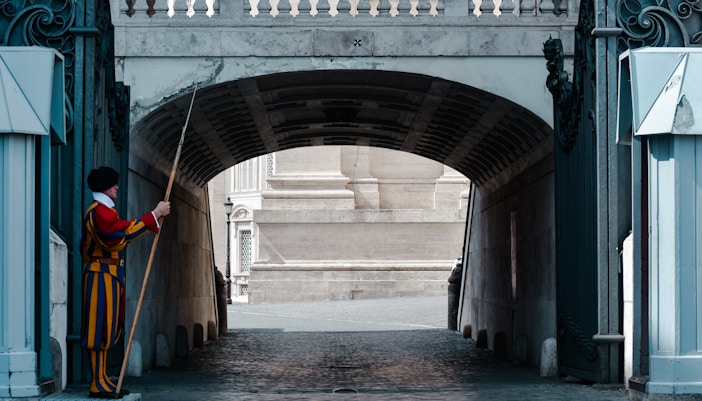The Vatican Archives was initially named the "Vatican Secret Archives". However, in October 2019 Pope Francis changed the centuries-old title of Vatican Secret Archives (Archivum Secretum Vaticanum) to the Vatican Apostolic Archives. The Pope issued an Apostolic Letter, motu proprio, dated 22 October, renaming the archive. The name change was part of an effort to clear out the misinterpretations that arose out of the usage of the term "Segreto" (Secret).
In Latin, both secretum, means separate or private) and apostolicum *means, belonging to the *domnus apostolicus, i.e. the pope). Thus, swapping the terms, for all practical purposes, did not change the archives' identity or purpose. It continues to be the private archives of the Pope.
However, it would not be so wrong to call it a secret archive, in the sense that the archives is not open to the common public, and only scholars and researchers. Parts of the archive continue to remain classified.


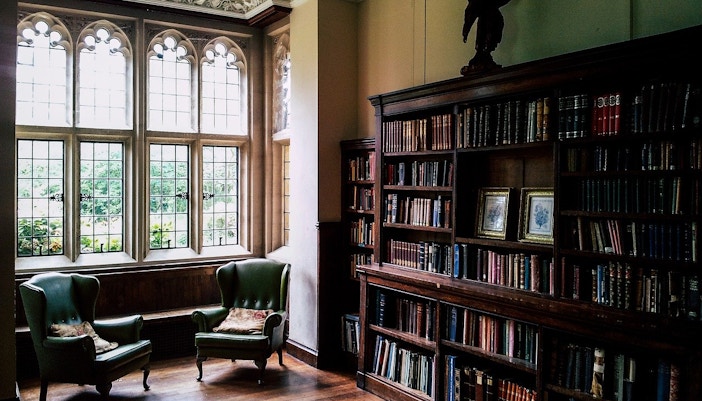

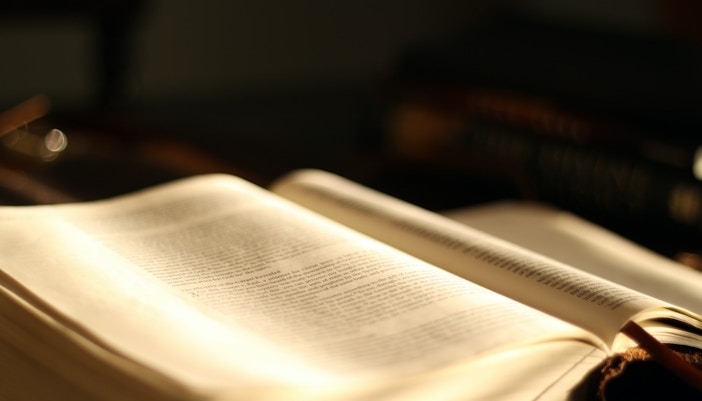

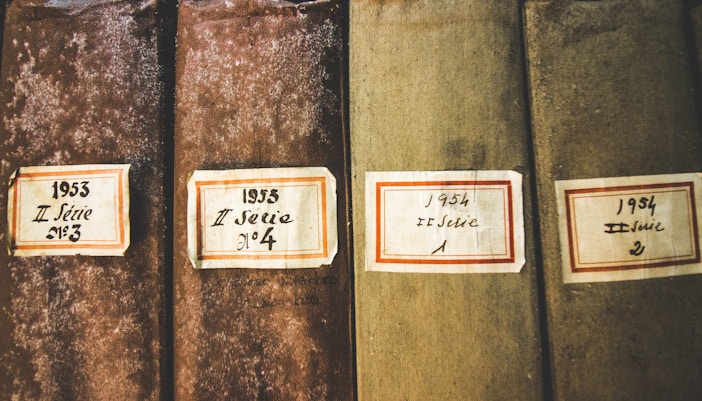

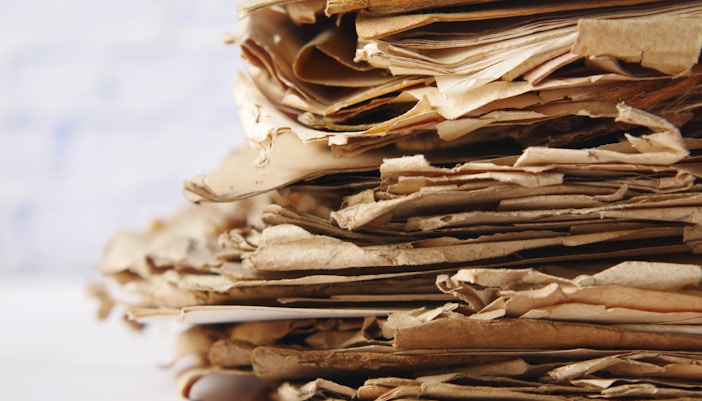
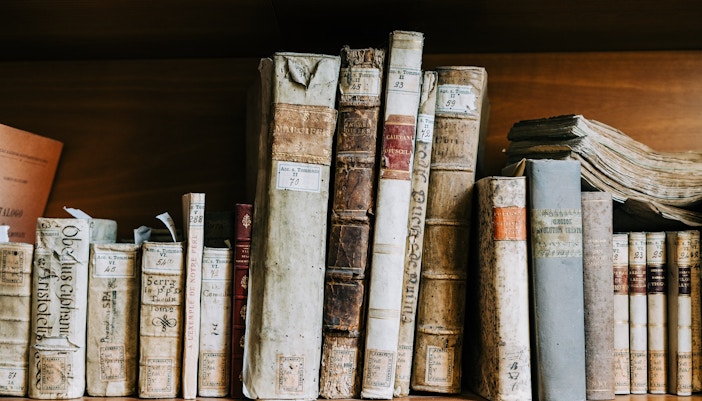

.jpg?auto=format&w=1069.6000000000001&h=687.6&q=90&ar=14%3A9&crop=faces&fit=crop)

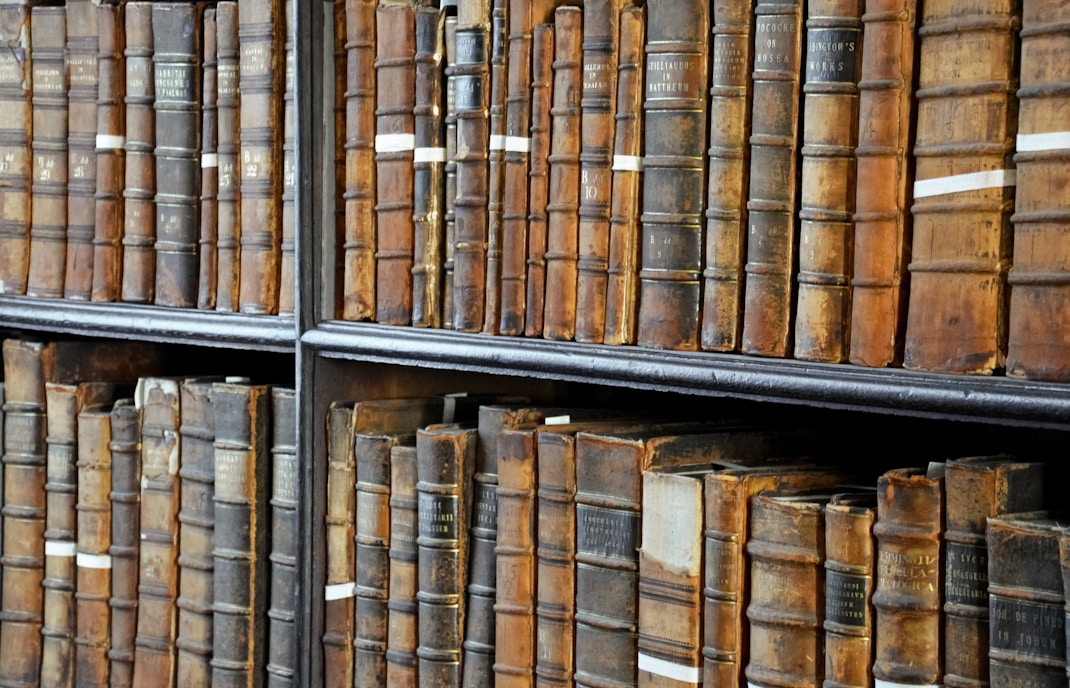
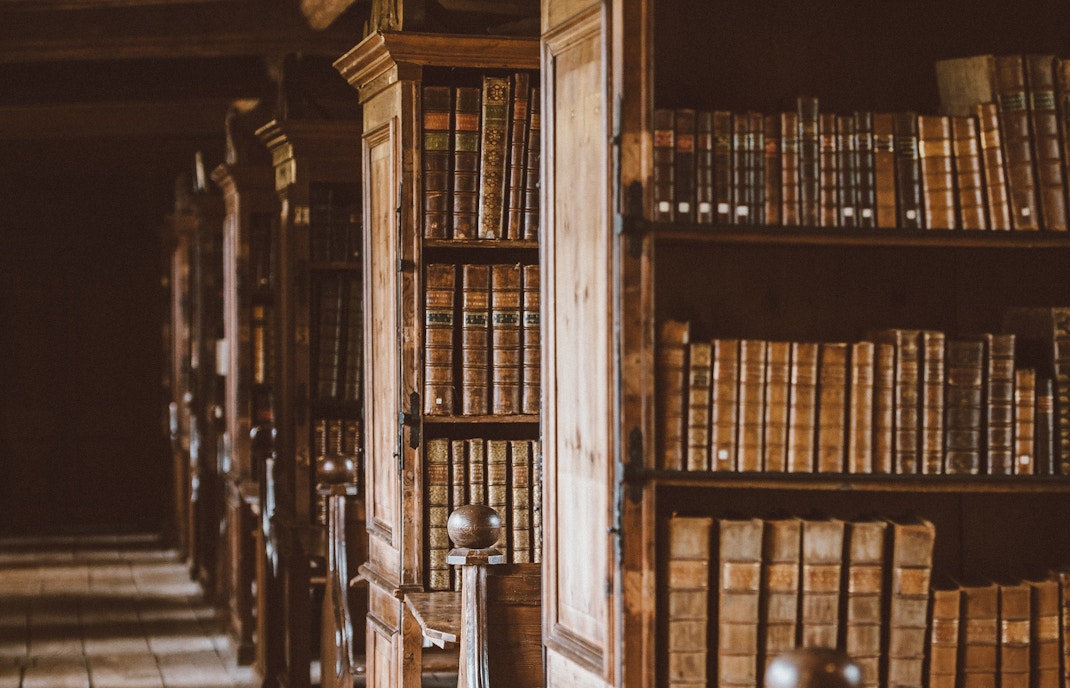
.jpg?auto=format&w=1069.6000000000001&h=687.6&q=90&ar=14%3A9&crop=faces&fit=crop)
